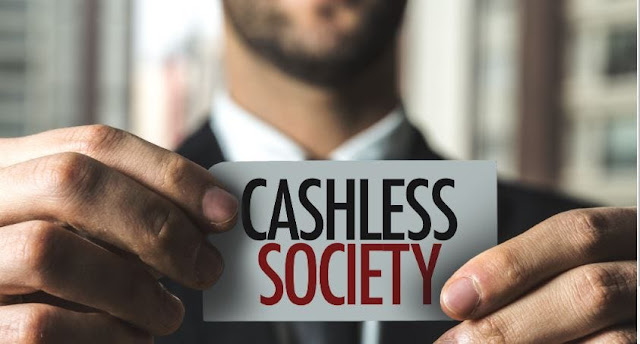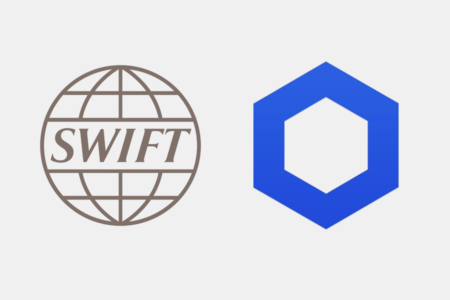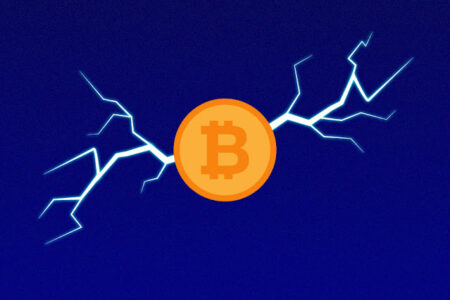Money. It’s been around for over 5,000 years, and is a fundamental part
of society and the world we live in, but for how much longer?
In its physical form, the usage of money has been falling dramatically, with cash being expected to make up just 9% of transactions by 2028.
At Avark, we’ve been asking how long will cash actually be around for?
And what effect will the developments in Blockchain and Cryptocurrency
have on the trend towards a completely cashless society?
Security

physical and cybercrime. As Cryptocurrency contains no physical parts
there is nothing that can be stolen from an individual or business in
person. Blockchain could lead to the end of criminals stealing cash
registers in stores, and pickpockets stealing tourists spending money on
busy streets.
Cybersecurity can also be improved through the use of Blockchain
networks. As Blockchain is a distributed peer to peer network, there is
no central point of failure that can hacked.
Speed and Convenience
As there is no physical money with Blockchain, businesses can receive
and process money much faster, as they no longer have to rely on
organisations to collect, count, and process cash. This could help
improve cash flow especially for smaller businesses that may need to pay
staff on a weekly basis. Consumers will also feel the benefit of this
when transferring money. Blockchain transactions don’t need to go
through any third parties such as banks, speeding up transaction times
for consumers.
Cheaper
Blockchain eliminates many traditional transaction fees for
consumers, charging just a very small mining fee instead. It’s estimated
that through the use of Blockchain users can save $16 billion a year
in banking and insurance fees. This is because Blockchain allows users
to complete transactions on a distributed network, rather than going
through a centralised system that takes a percentage or set fee from the
transaction.
Blockchain could also revolutionise the way we spend money abroad. As
Cryptocurrencies become ever more popular and accepted across the
globe, exchange rates could become obsolete. This removes the need for
consumers to shop around for the cheapest exchange rates, with currency
exchange services also trying to make a cut.
This also simplifies and reduces the costs of international payments.
Using companies such as SWIFT or Western Union can be expensive for
consumers. Cryptocurrency transactions don’t cost more to send anywhere
in the world and have much smaller fees in comparison.

Cleaner
Many reports suggest that paper notes can carry more germs than a
household toilet. The constant exchange and handling of money can help
spread disease and viruses across the world at an uncontrollable rate.
Through using a Blockchain network to transfer Cryptocurrency, the user
doesn’t need to physically exchange anything with a business or
individual, helping to prevent the spread of germs and disease.

Blockchain can help solve a lot of problems in a world that’s moving
ever closer to completely cashless. However, we also need to consider
the UX issues associated with Blockchain
in the financial world, and how we go about introducing Blockchain into
individuals’ lives and routines. As Blockchain experts we are
determined to solve these issues and develop solutions that work for all
your users.
What do you think? Is it now a case of ‘When’, and not ‘If’ cash will
die out? Interested in how Blockchain will affect the world we live in?
Follow us on Twitter to hear more about the possibilities of Blockchain.



